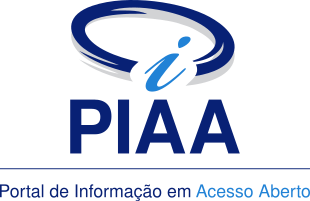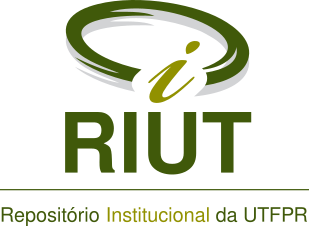Development and proximate and microbiological characterization of Nile Tilapia (Oreochromis niloticus) protein hydrolyzed.
Resumo
The proteic hydrolysis is a technology developed with the aim of adding value, functionality and increase the use of undervalued raw materials. Through this process is possible to modify the chemical, physical and biological properties of proteins without changing their nutrient content. This study aimed to develop proteic hydrolyzed of Nile tilapia “V” cuts and to characterize them according to their degree of hydrolysis, chemical composition and microbiology. The results of analyses showed that the developed hydrolyzed had high productivity and appropriate degree of hydrolysis (14.8 % to H1 and 13.2 % to H2) that allow to use them both in the treatment of diseases as a flavoring in foods. In addition to presenting good composition, similar to the initial raw material, with 81.4 and 81.0 % for moisture, 13.6 and 14.6 % for protein, 3.5 and 2.8 % for lipids and 2.7 and 2.0 % for ash, respectively for H1 and H2. With relation to microbiological results, the hydrolyzed showed great health quality, well below the limits allowed by law. Therefore, the enzymatic hydrolysis proved to be an efficient process to obtain hydrolyzed proteins from a high biological value and low value raw material.
Palavras-chave
Texto completo:
PDFDOI: 10.14685/rebrapa.v4i1.97
Apontamentos
- Não há apontamentos.
Direitos autorais





